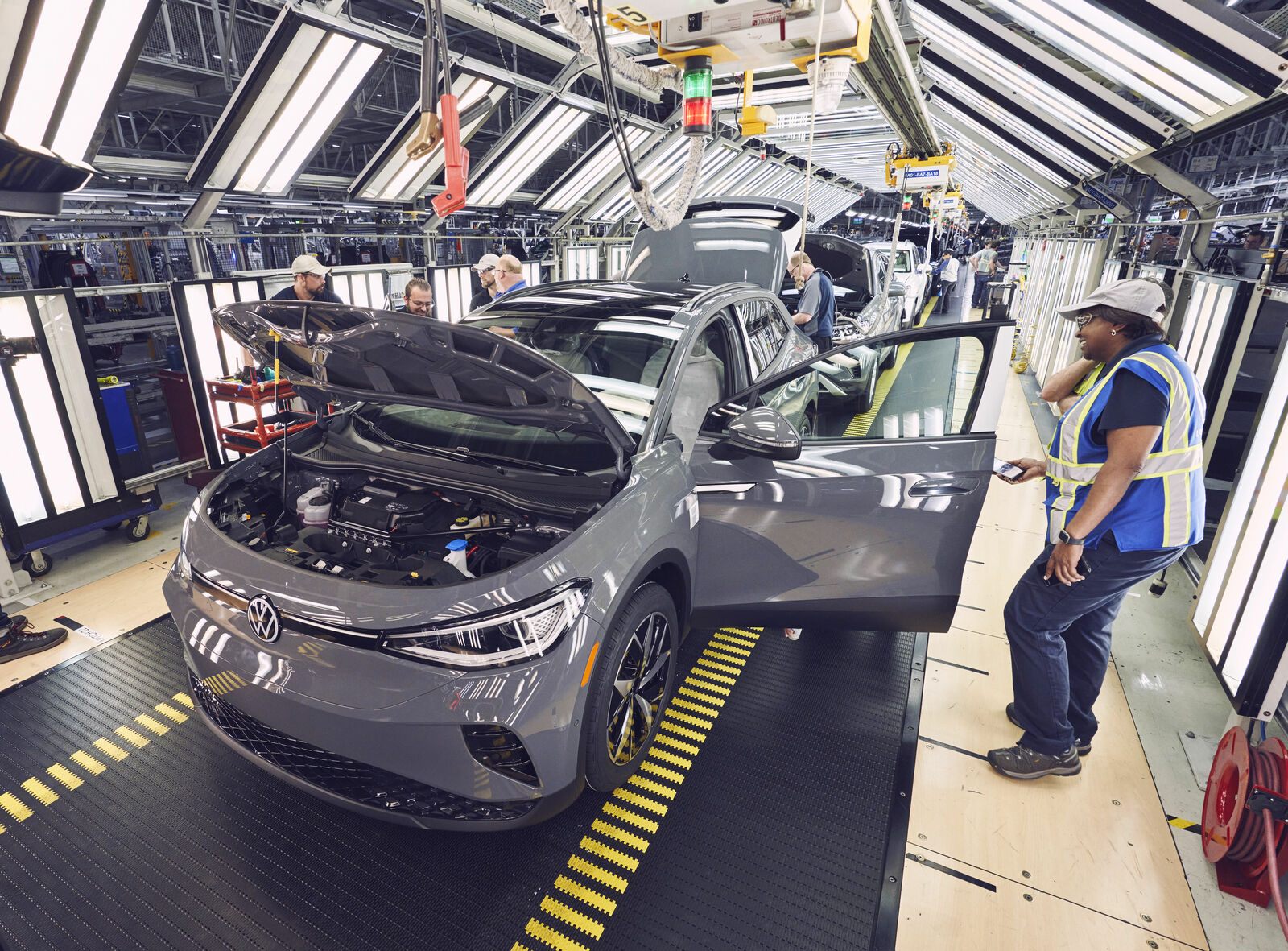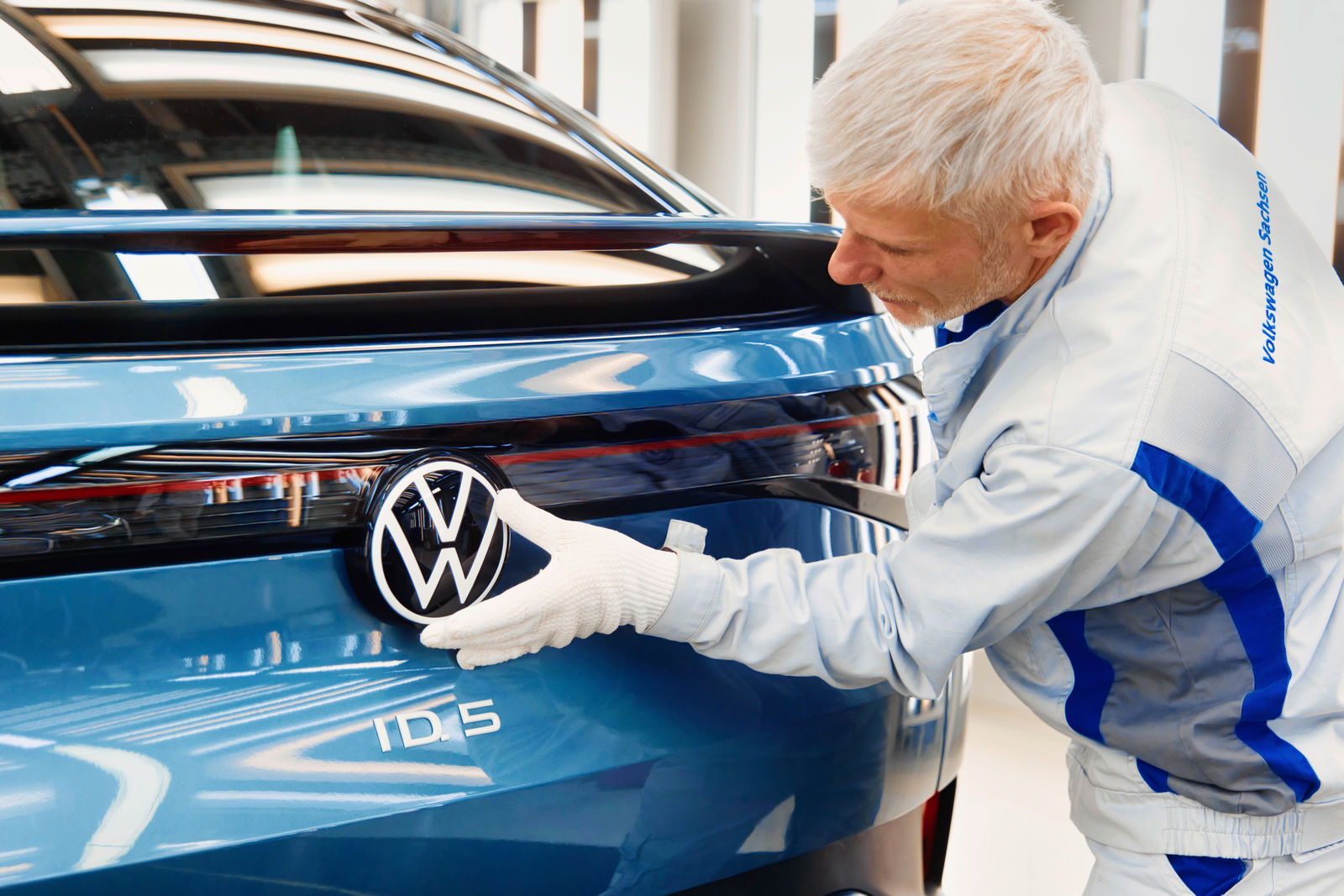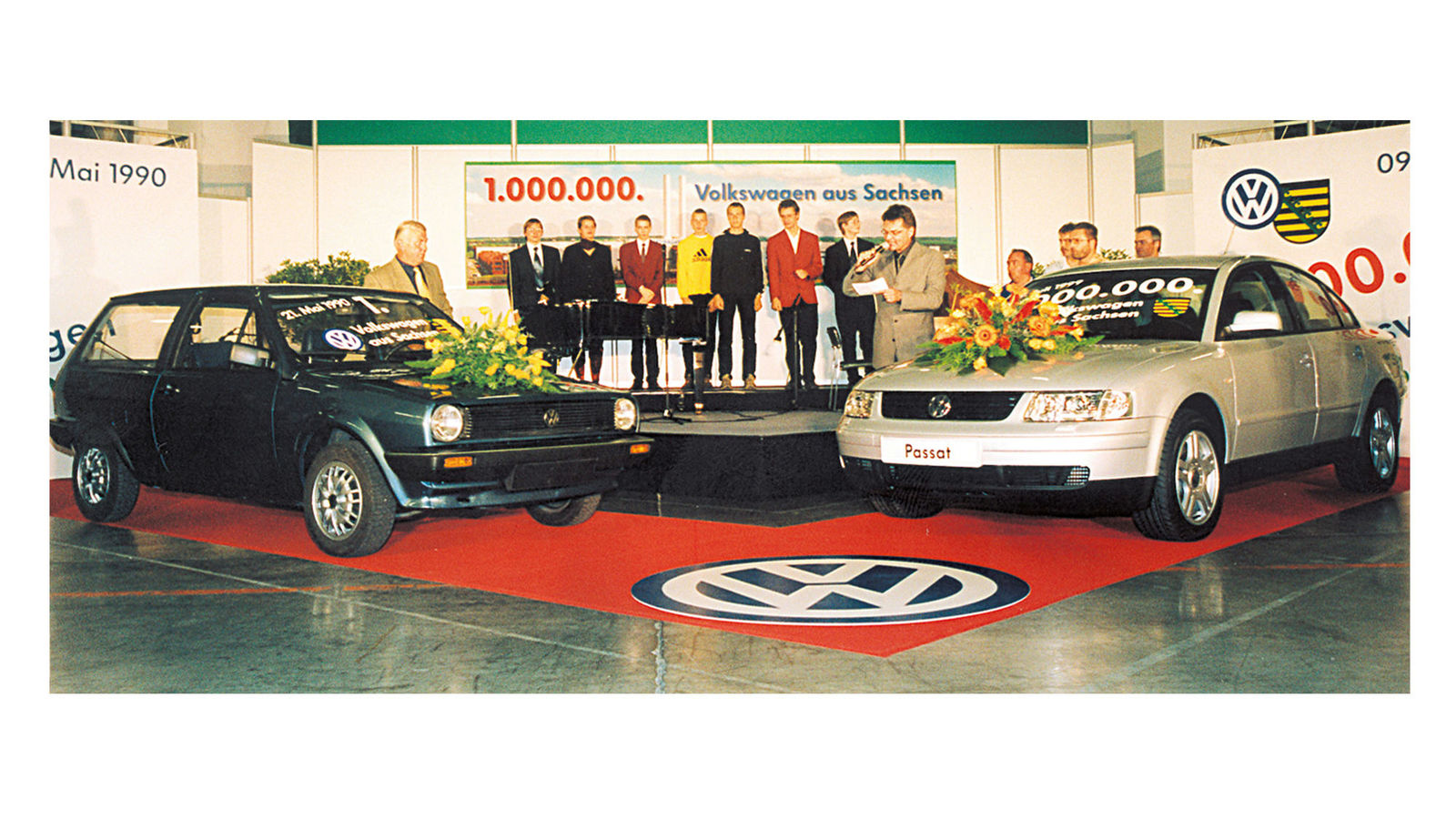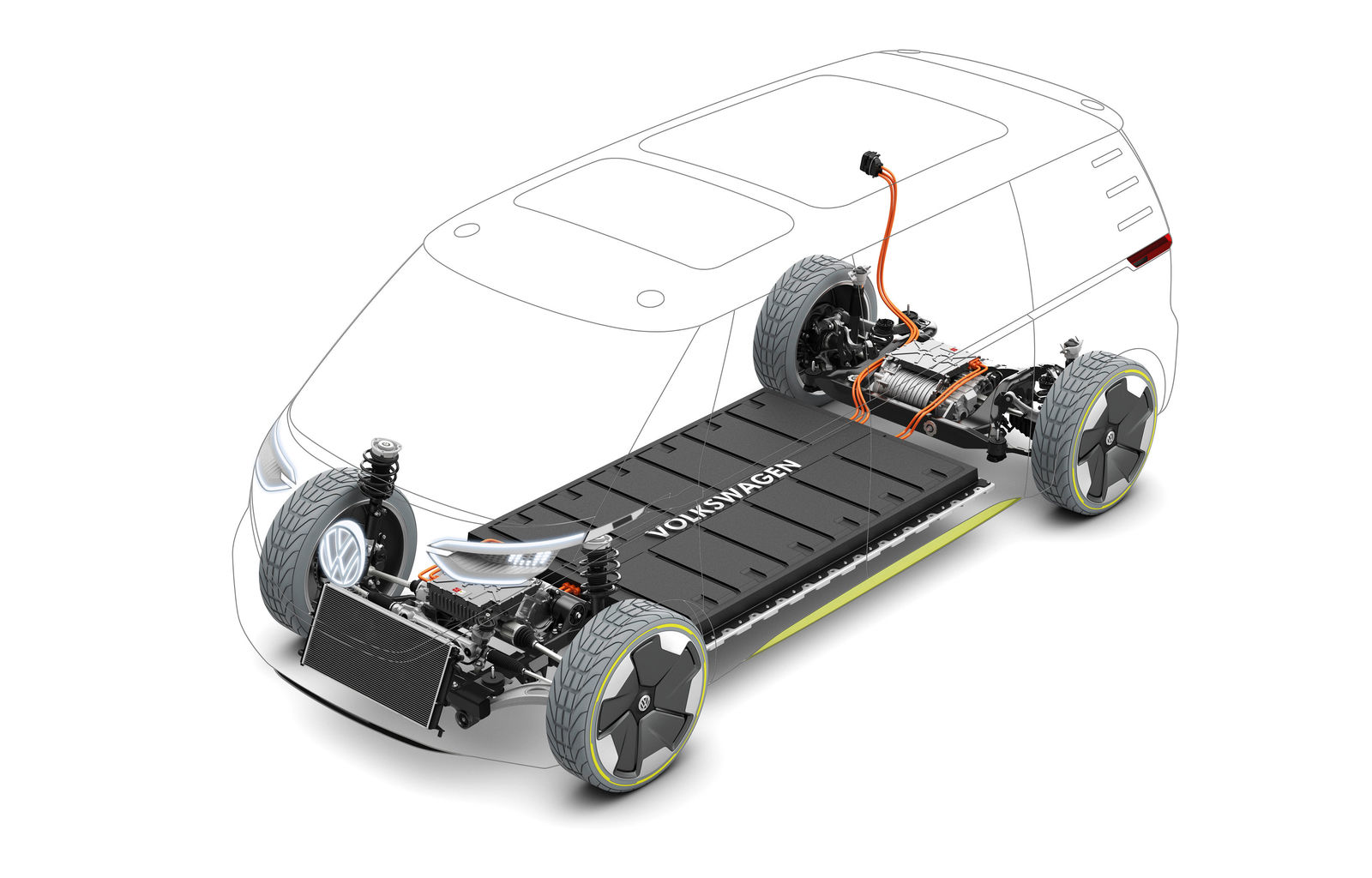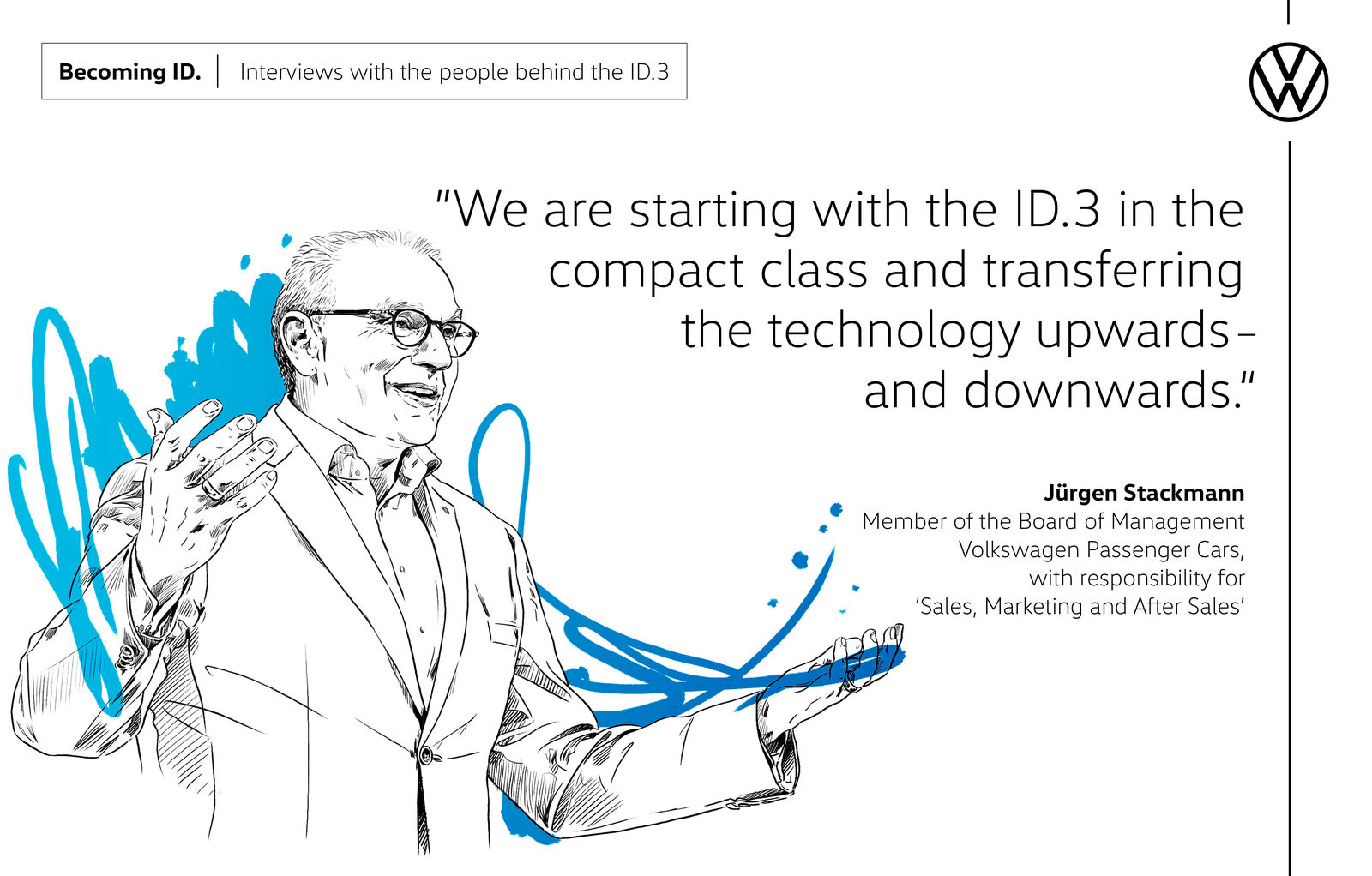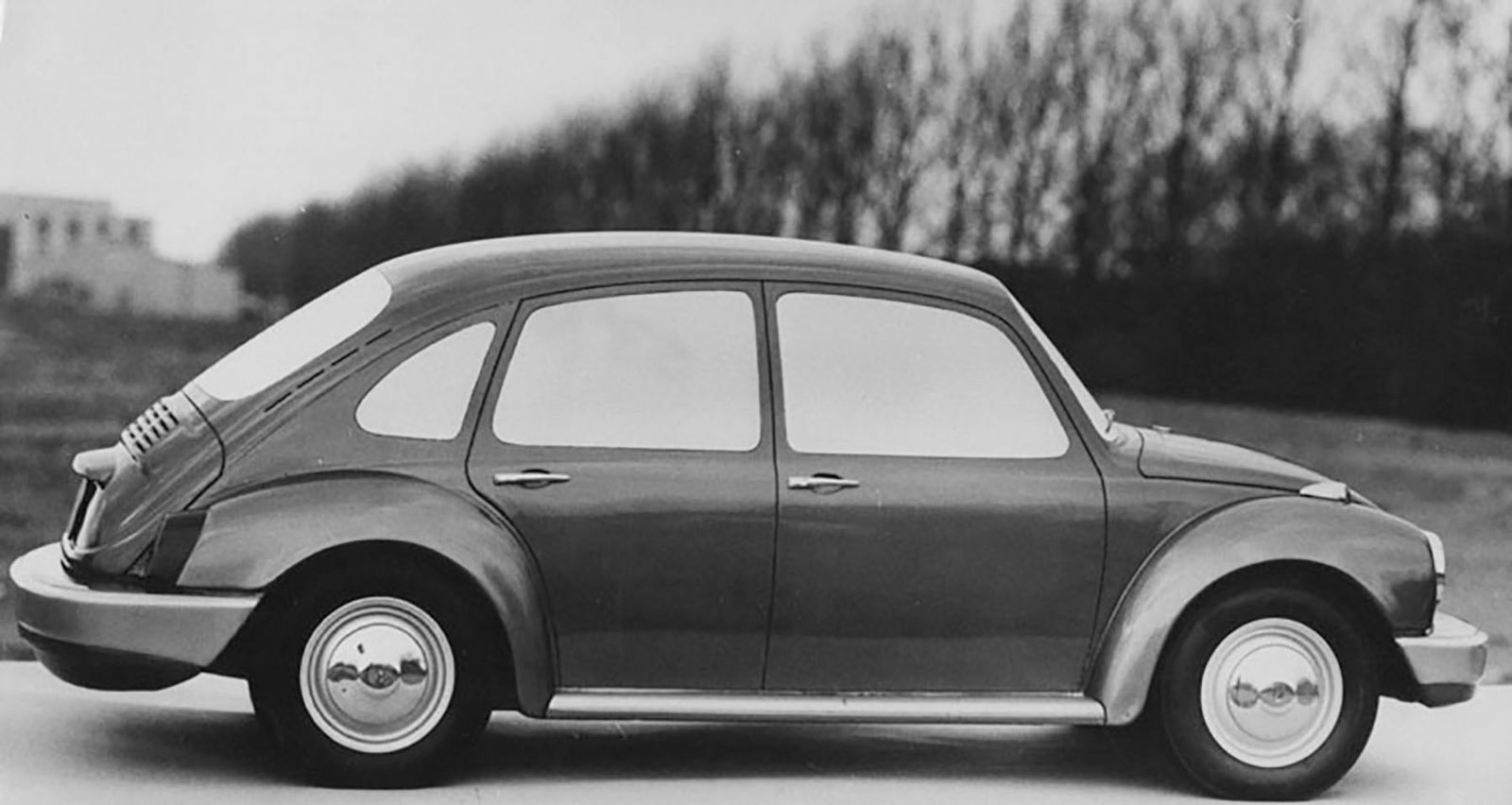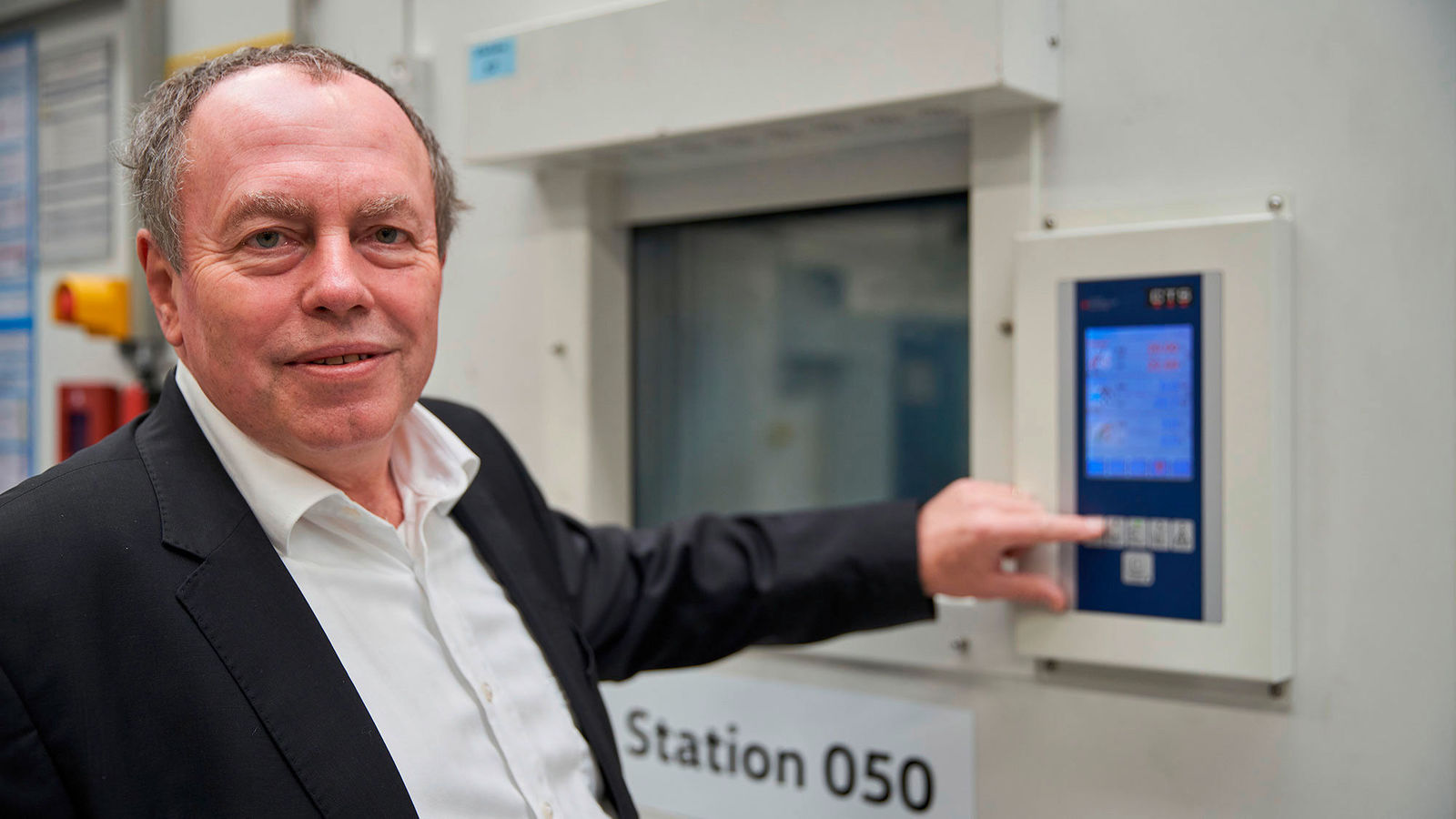And what about Volkswagen? There it was about more than just finding a successor for the Beetle. Engineers and designers had countless ideas for additional models both small and large. We are here to look back at those eventful times.
Up until the early 1970s, it was a time of experimenting, developing and discarding. Engineers from Volkswagen, Audi, NSU and Porsche were competing for the contract. The Italian studios, which were the forerunners back then, were involved in the design: Bertone, Ghia, Ital Design and Pininfarina. Because it was no longer a matter of “merely” finding a successor to the Beetle: it was about establishing a cross-brand model family.
In 1970/71 a consensus had been reached in terms of a successor for the Beetle: four cylinder in-line engine in the front, transmission also in the front, combined with a timeless body design. The shape of the Golf came from Giorgio Giugiaro.
The boxy compact car captivated immediately with its practicality and quality. Now people refer to the "Golf" class. In terms of numbers, the Golf has far exceeded the Beetle.
From the Volkswagen Type 3 to the Passat and Audi 80 With prosperity growing in Western Europe, the trend was moving away from entry-level vehicles to better equipped middle-class models from the mid-1960s onward. At Volkswagen, this trend was recognised early on and from 1961 the Beetle (Type 1) moved aside to make room for the Type 3, which appeared to be bigger.
The air-cooled boxer engine, however, was still in the rear. This was actually a cause for concern and so the successor was planned with a front engine. After several failed projects, what was known as development order 272 was started around 1970: initially with a newly developed, transverse 4-cylinder in-line engine, which together with other Volkswagen models was meant to convey a family resemblance and fulfil the common parts strategy.
The vehicle was later called the Passat.
